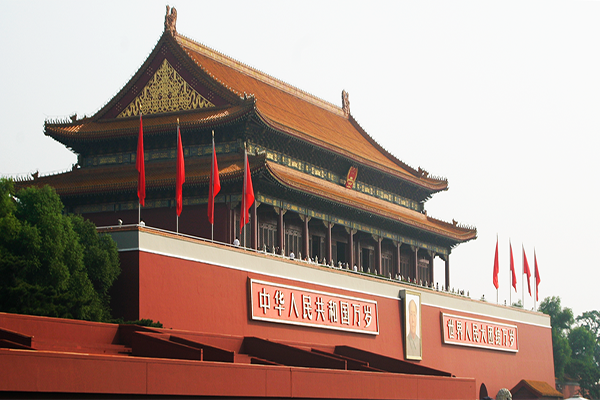Study abroad in China
China, Popular Republic of China China is located in East Asia. [9,597,000 km2] [3,705,000 mi2] is the surface area. [1.357 billion] is the population (2015 census). Bejing is the capital. China is a socialist republic. President Xi Jinping is the Chief of State. Prime minister Li Keqiang is the Head of Government Chinese (Mandarin) is the official language. The yuwan(元)is the currency.
The higher education system in China is supervised by the Ministry of Education of the People’s Republic of China responsible for the planning, coordination and governance of higher education institutions. China follows the 3-tier system of Higher Education (Bachelor’s, Master’s, Doctorate) founded on teaching and research. Higher Education in China is made up of public and private institutions. Public Universities fall into two categories: “open-access” and “limited-access” institutions. […] is the number of higher education institutions in (…). […] is the number of public universities. […] is the number of private universities. […] students are enrolled in China Higher Education institutions for the (2012-2013) academic year. […] international students are enrolled in China Higher Education institutions for the (…) academic year. […] is the number of academics teaching and doing research in the various public and private Higher Education institutions during the academic year (2012-2013). […] to […] is the average student/teacher ratio. Higher education institutions in China offer programs leading to a Bachelor’s degree (… years) , a Master’s degree (… years) and a Doctorate/PhD degree (… years). On completion of the secondary school program, students can pursue their studies in one of the higher education institutions. They may, however, be required to have high higher secondary certificate grades and take an entrance exam to attend some higher education schools/institutes. Studies in public higher education institutions are free. In the private sector, studies are paid and scholarship fees vary from one institution to another. Higher education institutions follow a semester system which divides the academic year into two terms of equal length. Each institution decides upon its own academic calendar; however, academic year generally starts in September and ends in June. There are winter and summer breaks. Summer school is also available at some universities. Student evaluation is carried out through coursework, exams, presentations, reports and end-of-term projects. Each institution sets its own standards for student achievement. Various grading and reporting methods are used . Each higher education institution may use one or many grading standards. “Meet” The story of the Life of a Foreign Student Living in China OUBIBI 李博阳 Morocco – October 12, 2017Overview
What are the variant names for “China”?
![]()
What is the geographical location of China?
What is the surface area?
What is the population?
What is the capital?

What is the nature of the political regime?
Who is the Chief of State?
Who is the Head of Government?
What is the official language?
What is the currency?
Higher Education
What is the supervising body?
What is the system of Education?
What is the number of higher education institutions?
What is the number of students?
What is the number of international students?
What is the number of academics?
What is the student/teacher ratio?
>What are the degrees awarded?
What are the admission requirements?
What is the amount of Fees?
How is the academic year organized?
How is assessment & Evaluation carried out?
What is the Grading and reporting method in use?
Videos

Links
Study abroad in China/
